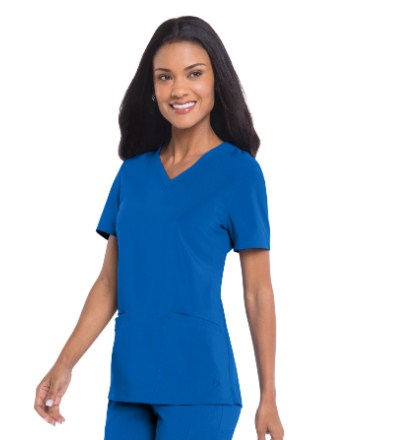the significance of elevating comfort and style cannot be overstated. Beyond the clinical aspects of medical care, the physical environment plays a pivotal role in influencing the well-being of patients and healthcare professionals. This article delves into the dynamic landscape of healthcare design, exploring how a harmonious blend of comfort and style contributes to enhanced patient experiences and improved outcomes.
The Impact of Environment on Well-being
Imagine walking into a healthcare facility where the ambiance is calming, and the surroundings exude a sense of warmth. The impact of such an environment on the mental and emotional well-being of patients is profound. Studies have consistently shown that a comfortable and aesthetically pleasing setting can positively influence recovery rates and reduce stress levels. It’s not just about medical treatments; it’s about healing environments.
Traditional Healthcare Settings vs. Modern Approaches
The conventional image of sterile, clinical spaces is evolving. Modern healthcare designs prioritize patient comfort and engagement. Patient-centric approaches are reshaping the narrative, emphasizing the importance of creating spaces that promote healing and well-being. The shift towards a more holistic understanding of healthcare spaces marks a significant departure from the traditional norms.
Designing Comfortable Spaces for Patients
Interior design plays a crucial role in shaping the perception of healthcare spaces. Ergonomic furniture, soothing color palettes, and thoughtfully designed layouts contribute to a comfortable environment. Patients, already grappling with health challenges, benefit immensely from surroundings that make them feel at ease. Designing spaces with the patient experience in mind is a key aspect of contemporary healthcare design.
Incorporating Stylish and Functional Medical Apparel
The focus on comfort and style extends beyond the physical space to the attire of healthcare professionals. The traditional, stiff uniforms are giving way to more comfortable and stylish options. This shift is not merely aesthetic; it influences the perception of care. When healthcare professionals feel comfortable and confident in their attire, it positively impacts the patient-professional relationship.
Technology and Comfort in Healthcare
The integration of technology further enhances the healthcare experience. Smart beds that adjust to patient needs, applications that provide real-time information, and digital interfaces contribute to a more comfortable and efficient system. Embracing technological innovations aligns with the goal of creating a healthcare environment that is not only functional but also forward-thinking.
Patient-Centric Approaches in Healthcare Institutions
Leading healthcare institutions are adopting patient-centric approaches, placing the patient at the center of the care journey. From personalized treatment plans to comfortable waiting areas, these initiatives aim to enhance the overall patient experience. The positive outcomes of such approaches are evident in improved patient satisfaction and better health outcomes.
Employee Well-being in Healthcare
While much emphasis is placed on patient comfort, the well-being of healthcare professionals should not be overlooked. Creating a comfortable and stylish work environment for medical staff contributes to job satisfaction and, consequently, better patient care. Strategies such as providing ergonomic workstations and relaxation spaces demonstrate a commitment to the holistic well-being of the healthcare workforce.
Balancing Aesthetics and Functionality in Healthcare Design
One of the challenges in healthcare design is striking the right balance between aesthetics and functionality. While a visually appealing space is crucial, it should not compromise the efficiency and functionality required for medical procedures. Successful healthcare designs find a harmonious blend, creating spaces that are both pleasing to the eye and highly functional.
Patient Feedback and Its Role in Improving Comfort
Patient feedback is a valuable tool in refining healthcare spaces. Listening to the experiences and preferences of patients can lead to meaningful improvements. Case studies abound where patient input has influenced changes in the design of hospital rooms, waiting areas, and even the selection of artwork. In the quest for comfort, the patient’s voice is an invaluable guide.
The Role of Art and Nature in Healing Environments
Art and nature have an undeniable impact on healing environments. Integrating elements of nature and incorporating art into healthcare spaces can contribute to a positive and calming atmosphere. From strategically placed greenery to thoughtfully curated artwork, these elements foster a sense of tranquility that aids in the healing process.
Promoting Dignity and Privacy in Healthcare Spaces
Respecting patient dignity and privacy is a cornerstone of healthcare design. Striking the right balance between open and private spaces is a challenge, but it is crucial for ensuring that patients feel secure and respected. Thoughtful design solutions, such as private consultation areas and well-designed partitions, contribute to maintaining the dignity of individuals seeking care.
Global Perspectives on Healthcare Design
Across the globe, innovative healthcare designs are shaping the future of medical spaces. Cultural influences play a significant role in determining comfort and style preferences. Examining designs from different parts of the world provides insights into diverse approaches



